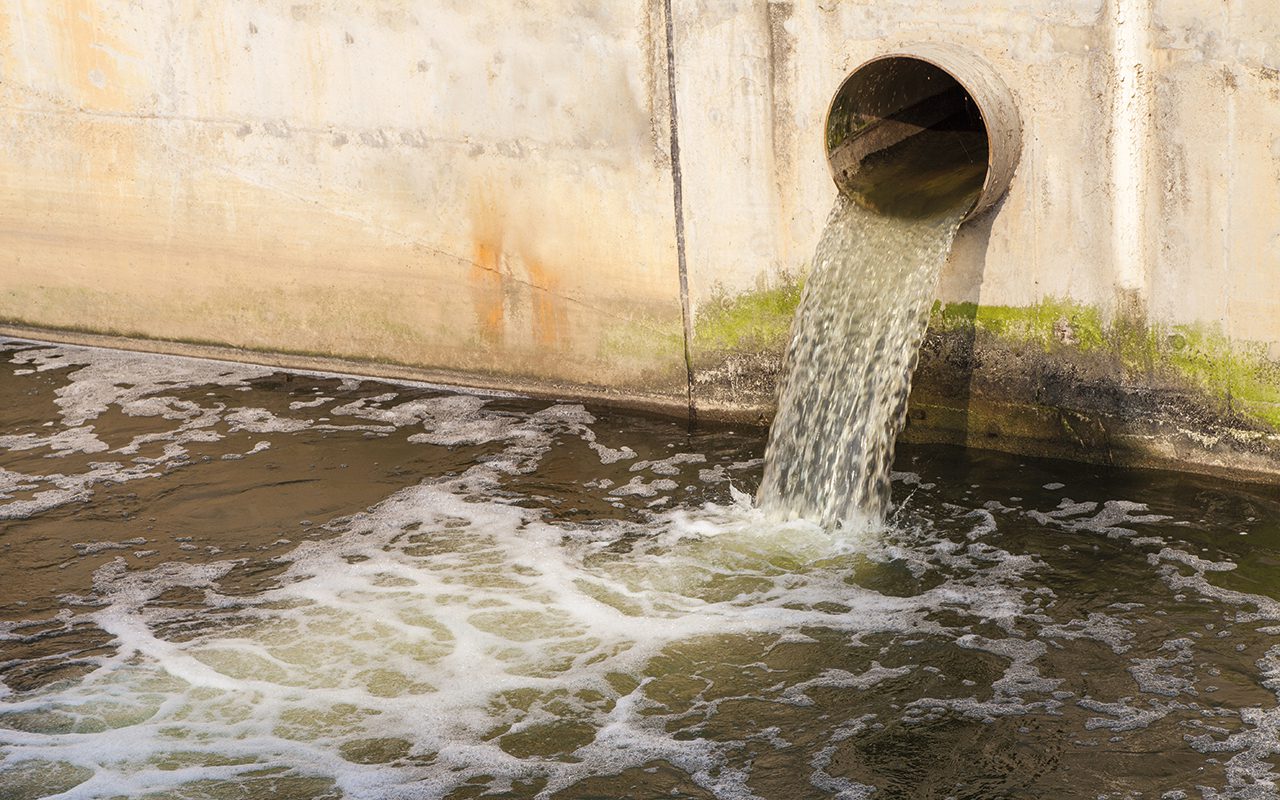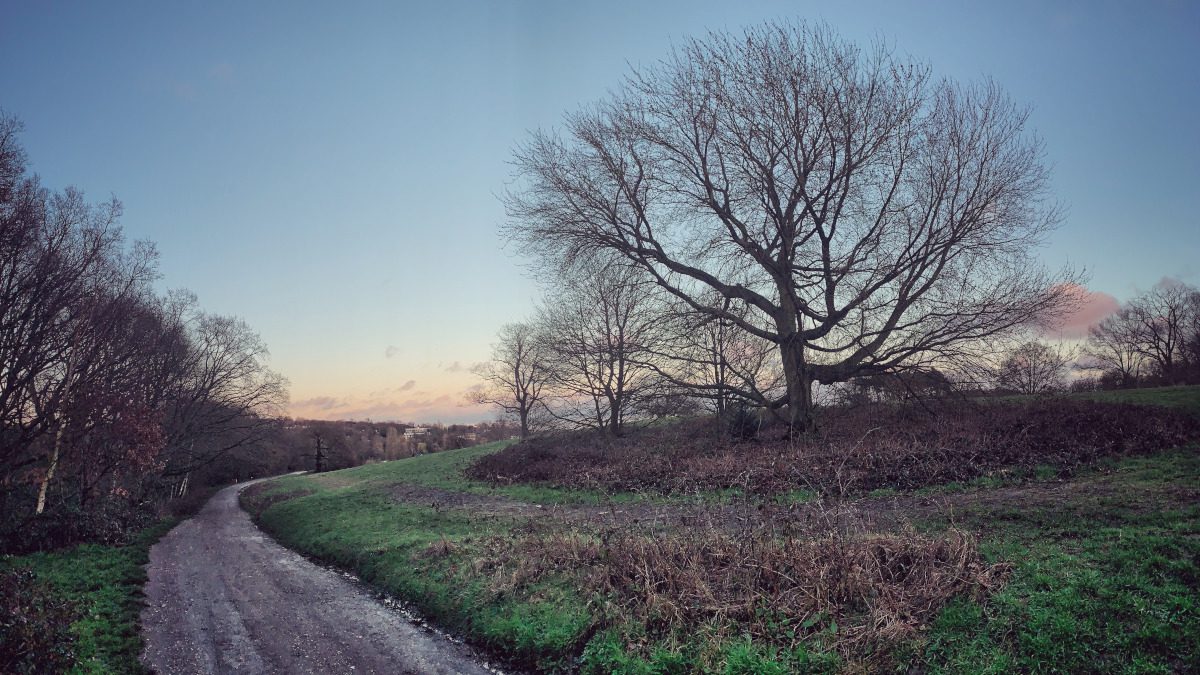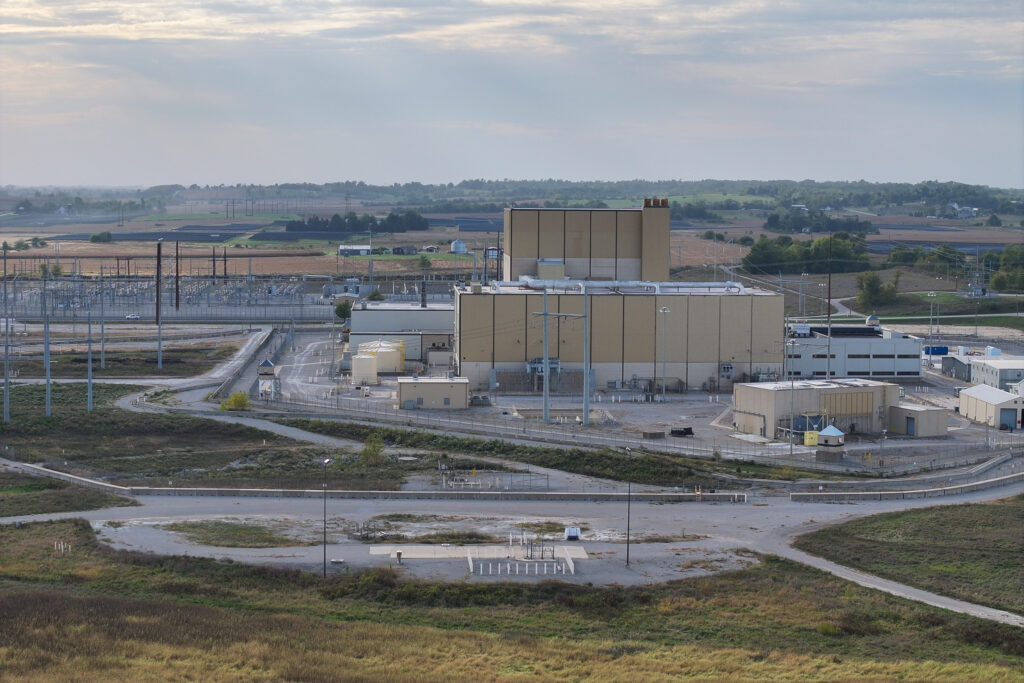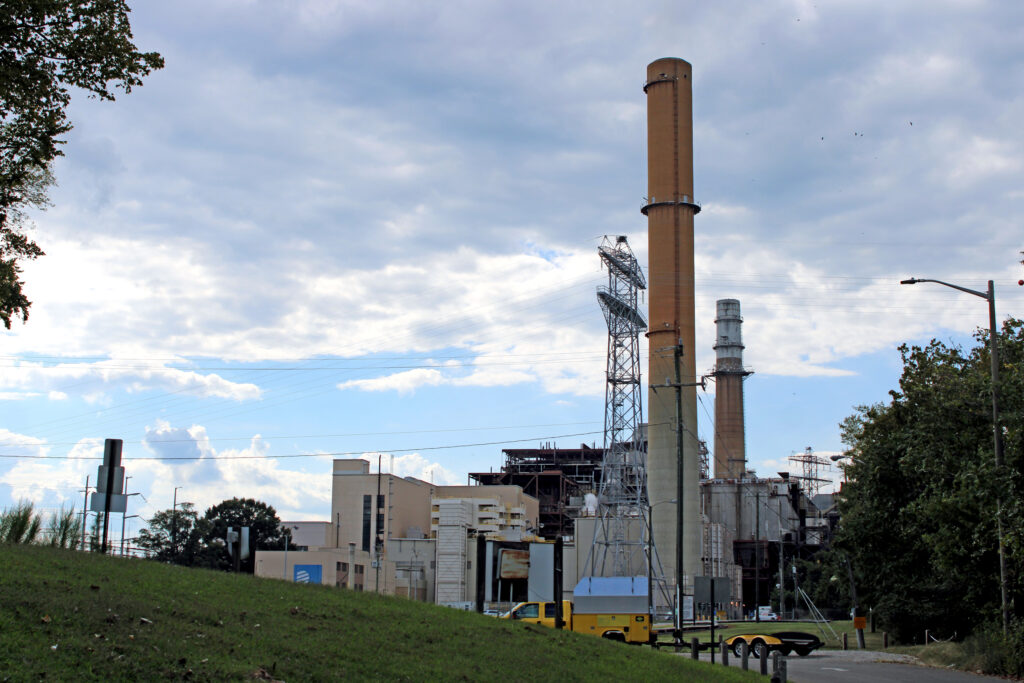A Supreme Court judgment upholding the Habitats Regulations has been welcomed by Wildlife and Countryside Link, a coalition of nature and environmental charities. In the 22 October judgment in C G Fry & Son Ltd v SSCLG and another the Supreme Court confirmed that public authorities must carry out an “appropriate assessment” for development proposals that may harm wildlife sites protected under the Habitats Regulations at all relevant stages of the planning process, as the group explains.
The ruling makes clear that the Habitats Regulations provide continuing protection for sites of international and national importance throughout the development process. By rejecting arguments that duties to assess environmental impacts are limited to the earliest stages of planning, the Court has ensured that nature protection remains a live duty throughout the entire planning consent procedure.
However, the judgment also said that different rules apply to Ramsar Sites (globally important wetlands). Government policy in the form of the National Planning Policy Framework (NPPF) offers Ramsar sites the same level of policy protection as the Habitats Regulations. However, the judgment stated that “the Court of Appeal erred in giving a statement of policy… the same status and force as a legal rule set out in legislation” (para 60).
Richard Benwell, CEO of Wildlife and Countryside Link, said: “This decisive judgment confirms that legal protection for wildlife is not a box to tick at the outset of the planning process, it is an ongoing obligation to ensure developers can’t ignore nature.”
“The judgment says that some of the most important wetlands in the world do not benefit from the same clarity of legal protection as places protected by the Habitats Regulations. The Government is rightly fixing this dangerous disparity in the Planning and Infrastructure Bill, giving Ramsar wetlands the increased protection they deserve.”
The case centred on whether impacts of nutrient pollution from new development must be taken into account at the “reserved matters”, a later stage in the planning process after outline planning permission is granted. Nutrient pollution (such as sewage and agricultural pollution) is the main reason that only 16% of rivers, lakes and wetlands in England are in good ecological condition.
The judgment clarified that:
- Development granted outline permission before decision-makers were aware of how nutrient pollution could harm Special Areas of Conservation and Special Protection Areas can be required at the later stage to assess and avoid this potential harm, and
- Such ongoing protection for Ramsar sites applies when planning conditions with a relevant environmental protection purpose are discharged.
Wildlife & Countryside Link intervened in the case, working with barristers Estelle Dehon KC, Nina Pindham, Hannah Taylor, and Carol Day and Ricky Gama of Leigh Day. The ruling rejected the developer’s arguments on Habitats grounds, confirming strong protection for European sites, but accepted the Ramsar grounds, creating a potential gap in protection for internationally important wetlands.
Schedule 6 of the Planning and Infrastructure Bill would make Ramsar sites legally equivalent to Habitats Regulations sites for planning & operation processes, effectively closing this loophole for the future.

















